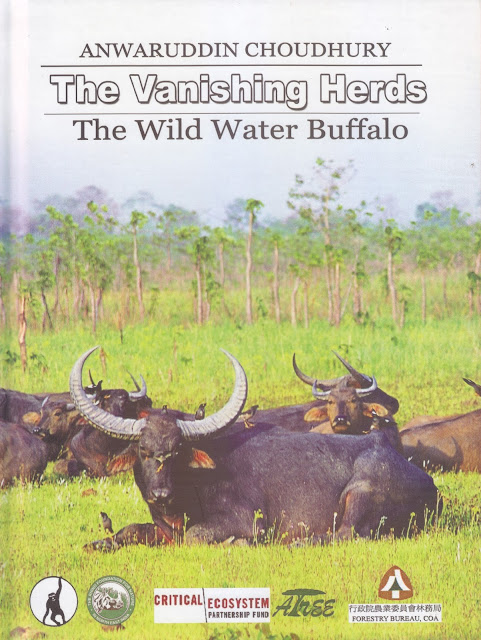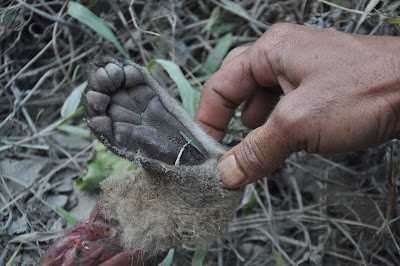Wild Water Buffalo

The Vanishing Herds The Wild Water Buffalo Anwarudddin Choudhury Gibbon Books and The Rhino Foundation for Nature in North East India 2010 Wild Water Buffalo brings forth two memories. One was the first clear sighting at Kaziranga - along the highway - with a friend. Recall staring at its magnificence in silence for more than few minutes; we did not stop as much for the Asian Elehpant or the Indian Rhinoceros. The horns seemed ‘unreal’. Second is its popping up in discussions during Baghmara days. Locals mentioned of Rewak being the place where Wild Water Buffalo used to occur and the only place in Garo Hills where it was common and a senior forest department official had shared – more than once - of his having seen a herd of 20 some years back on the plateau in Balpakram NP. This query on Garo Hills is addressed in the book. ‘A bull was ordered by the authorities to be shot dead for killing human beings near Rewak in present South Garo Hills district in 1935


